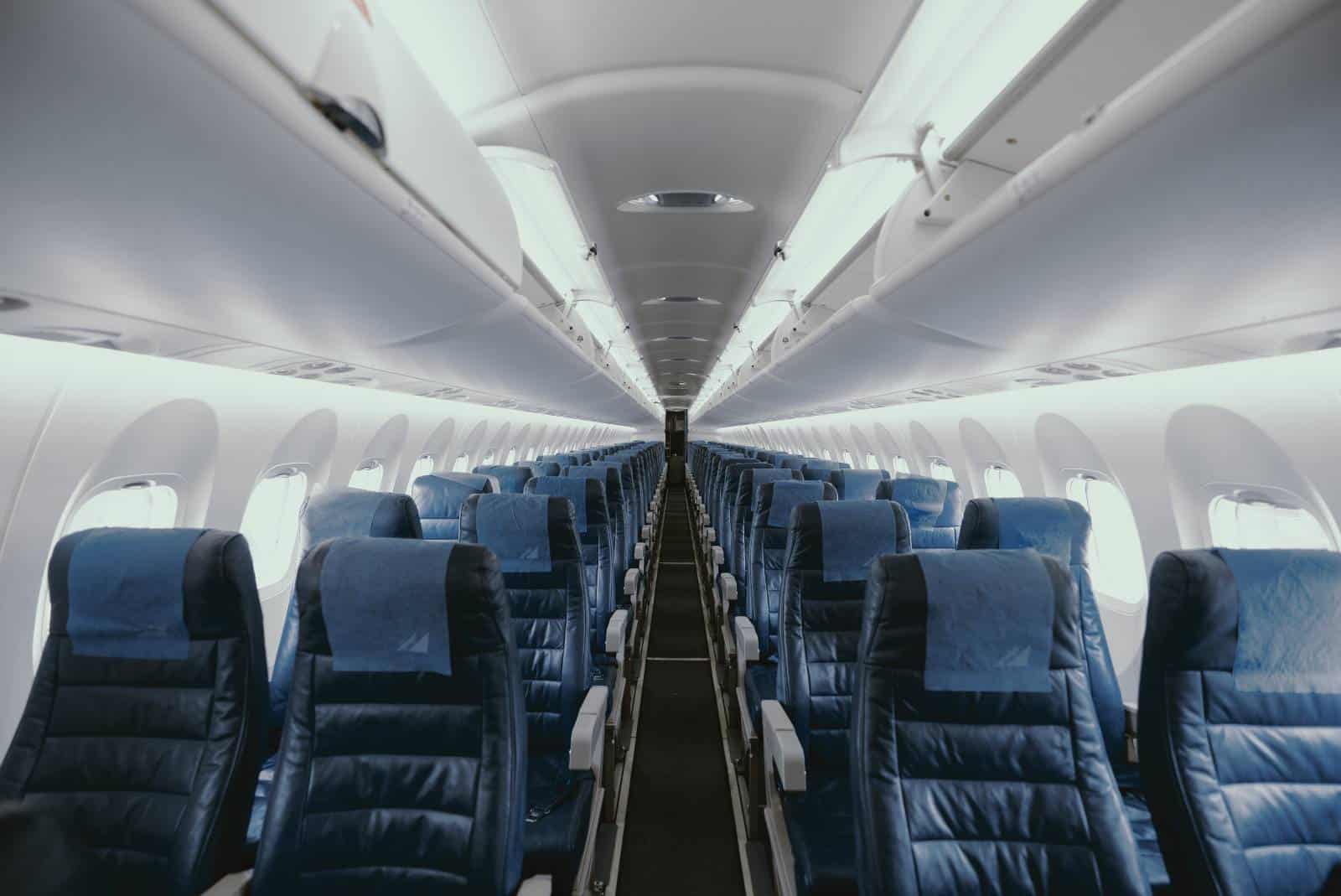As we all remember only too well, 2020 and 2021 saw extensive travel restrictions and closed borders. In many regions, travel was either not possible, or brought with it the need for lengthy quarantine. Although most countries have now opened up – at least for vaccinated travellers – some are still heavily restricting arrivals.
The world is opening up
Travel is undoubtedly much easier in 2022. Most of the world has now opened its borders. Some countries may require testing in advance of travel (most notably, the US has just dropped this requirement), and these rules can change frequently. Quarantine is rare now. However, there are a few countries that are still protecting themselves with quarantine or entry bans. The following are the main ones as of July 2022.
Aviation Guides
- What is Sustainable Aviation Fuel?
- A Short Guide to FBO’s – the Dos and Dont’s
- Current Risks to Aviation
- How Air Cargo is Revolutionising the Global Economy
- The Cost To Operate A Private Jet
- Infrastructure For Sustainable Aviation Fuel
- Why There Is A Need To Improve Aviation Industry
- Emergency Flight Charter
- Diplomatic Flight Operations
China and Hong Kong – still with extensive quarantine
China closed its borders in early 2020 as the first country to be hit by COVID-19. In July 2022, it remained largely closed. Entry is still only possible for Chinese citizens and permanent residents. All arrivals are required to test and quarantine at centralised facilities. This was reduced in June from 14 days to 7 days (plus a further 3 days of home quarantine).
China (and with it, Hong Kong) has chosen to follow a zero-COVID approach and still deals with local outbreaks with lockdowns and mass testing. As long as the government maintains this approach, opening up fully will be difficult. In July 2022, Chinese Premier Li Keqiang explained to the World Economic Forum that an “orderly opening” for foreign students, workers, and cross-border trade would follow soon. However, tourist and general opening could still be some way off.
Taiwan – quarantine and limited entry
Taiwan is also mostly closed to non-citizens. Citizens can enter with testing and quarantine requirements. From June 2022, foreign residents and relatives of citizens have been able to apply for entry permits. Strict quotas on entry are in place, though.
Anyone arriving still needs to test on arrival and quarantine for 3 days (with four days of health management following this). This can be done at a residential address or quarantine facility. As with China, there are few signs yet of further general opening or removing quarantine.
Japan – closed to tourism
Japan is another major country that is still largely closed to visitors. Entry for citizens, residents, and business travellers has been possible for some time – although previous visa waiver programs have been suspended, and all visitors must apply in advance for a visa.
General quarantine is not required, although some nationalities must test on arrival. In early June 2022, entry was extended to tourists. However, only group visitors may enter, and the country remains closed to individual tourists. There is no indication from the government when the border will re-open – although there is hope from many it will happen in autumn 2022.
Bhutan – quarantine in place
The small Himalayan kingdom of Bhutan is another Asian country imposing strict COVID controls. Visitors with a valid visa can now enter. Unvaccinated visitors must quarantine, however. Vaccinated visitors must test on arrival and may have to quarantine while awaiting the result or if positive.
Cuba – random testing and potential quarantine
Cuba is the only country in the Americas to impose strict COVID entry rules still. Testing and proof of vaccination requirements have been lifted. However, random testing on arrival remains in place. If a visitor tests positive, they will need to be quarantined/hospitalised for 10-14 days at their own expense. This certainly makes travel risky at the moment.
Africa – changing requirements and extensive testing
Many African countries still require testing, and (as always), visitors may need to apply for a visa. Many countries still have additional rules. Malawi, Mali, Togo, and Rwanda currently require a negative test to enter and, unusually, a further negative test within 72 hours of leaving the country – regardless of onward destination. In Mauritius, unvaccinated travellers must self-isolate for 7 days after arrival. The Republic of Congo and Cameroon require testing on arrival, and travellers testing positive must quarantine.
Final Thoughts
It is great that countries have largely re-opened borders. The extensive closures in Western countries such as Australia and New Zealand were unprecedented. Quarantine and largely closed borders are now only a major issue in some Asian countries. Testing and providing vaccination documentation is common in many countries – and has become an expected part of much international travel. Rules and restrictions are changing quickly. It is sensible to keep up to date with a reliable service such as the UK Foreign Office or the US State Department.
Sources:
- Europe: https://www.euronews.com/travel/2022/06/20/what-s-the-latest-on-european-travel-restrictions
- China: https://www.china-briefing.com/news/china-travel-restrictions-2021-2022-an-explainer-updated/
Overall restrictions:
- Kayak travel – https://www.kayak.co.uk/travel-restrictions?
Detailed and up to date entry restrictions:
- UK FCO: https://www.gov.uk/foreign-travel-advice/
- US State Department: https://travel.state.gov/content/travel/en/traveladvisories/traveladvisories.html/

